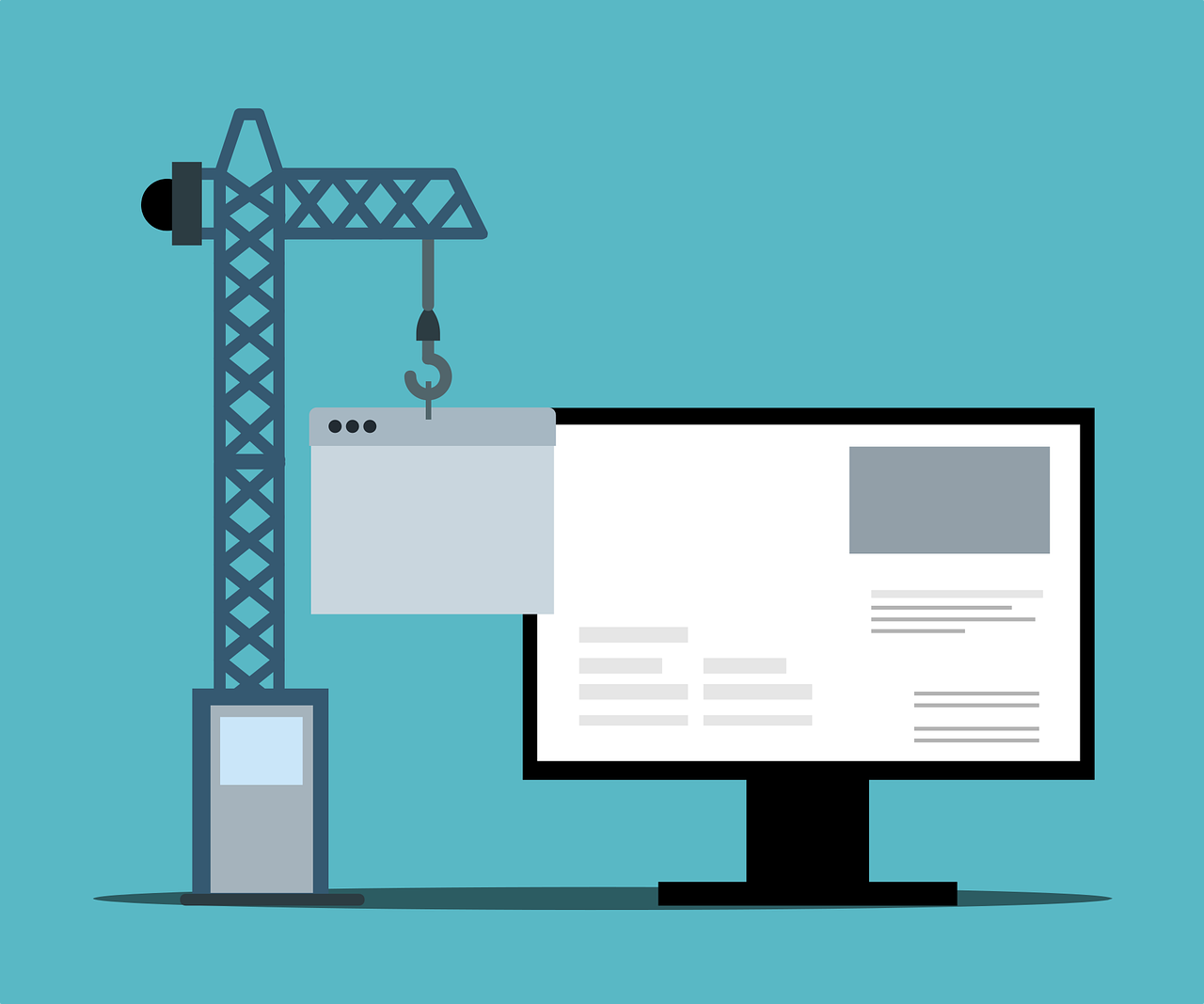Alternate Nostril Breathing(Nadi Shodhana Pranayama) Steps And Benefits
Like other pranayama, Alternate Nostril Breathing( Nadi Shodhana) is also a very simple pranayama. The pulse of man is a […]

Like other pranayama, Alternate Nostril Breathing( Nadi Shodhana) is also a very simple pranayama. The pulse of man is a channel providing energy to his body which sometimes gets blocked due to various reasons. Alternate Nostril Breathing( Nadi Shodhana) is a breathing technique that helps open closed energy channels and calms the mind. In this article, you will know what is Alternate Nostril Breathing, the method of Alternate Nostril Breathing and the benefits of Alternate Nostril Breathing.
What is Alternate Nostril Breathing?
Alternate Nostril Breathing( Nadi Shodhana) is a combination of two Sanskrit words where Nadi means channel or flow and Shodhana means cleaning or purification. Therefore Nadi Shodhana Pranayama is generally known to cleanse the nostrils and purify the body and mind.
Alternate Nostril Breathing( Nadi Shodhana) is one such pranayama that women, men and people of any age can do it easily and get its benefits. Along with providing energy to the body, this pranayama is very helpful in removing all kinds of anxiety and stress.(1)
This Pranayama is a process of deep breathing, holding it for some time and then releasing it, hence it is beneficial in removing various disorders of the body.
How to Do Alternate Nostril Breathing?
First of all, bend both the legs and sit comfortably on the ground. Keep the spine straight and keep the shoulders in a relaxed posture and do not strain too much and sit with both eyes closed. After this, place your left palm on the left thigh. Keep the palm open upwards and keep the tips of the thumb and forefinger close to each other. After this, place the index and middle finger of your right hand on the forehead between the two eyebrows and place the ring finger and little finger on the left nostril and thumb Place it on the right nostril. The little finger and ring finger are used to open and close the left nostril and the thumb is used for the right nostril. Now close the right nostril with your thumb and inhale slowly through the left nostril. Hold the breath for some time and then slowly exhale through the right nostril. Now press the left nostril with the thumb and take a deep breath slowly through the right nostril and after holding the breath for some time exhale through the left nostril. In the first round, practice breathing in and exhaling once through the left nostril and once through the right nostril and then come to a relaxed position. After this, practice inhaling and exhaling through the right and left nostrils alternately. Complete this action for at least 9 rounds but next time inhale through the same nostril as you exhale.Alternate Nostril Breathing Benefits
This Pranayama removes mental stress. It removes laziness, increases vitality and happiness of the mind. This pranayama removes the blockage of all the subtle cells of the body and by its elimination, the circulation of prana in the Ida and Pingala nadis is equal. Toxic parts produced in the body due to wrong eating or any other reasons are removed, due to which the blood circulatory system (blood flow) and the nervous system are cleaned. In this process, the body remains healthy by letting clean air into the body. Due to this, the working power of the brain increases due to the purification of the brain cells. By this action, the three main nadis of the body, Ida, Pingala and Sushumna are purified and cleansed and many diseases of the body are removed. This Pranayama removes the malfunction of the lungs and eliminates the complaints of dizziness etc.Precautions
Like other pranayama, doing Alternate Nostril Breathing Pranayama has many benefits for health. But if some things are not taken care of while practicing this pranayama, then it can also cause many harm to health. Let us know what precautions should be taken while practicing this Pranayama.
If you are a patient of asthma and heart diseases, then do not hold your breath for a long time while practicing Alternate Nostril Breathing, otherwise your problem may increase. If you are having trouble taking a deep breath, do not inhale forcefully, otherwise there may be pain in the nostrils. Practice Alternate Nostril on an empty stomach, otherwise pain in the stomach may emerge. While practicing this Pranayama, do not breathe through the mouth and do not make any noise from the mouth or nose. While practicing this Pranayama, close the nostril gently with the fingers or give very light pressure. If you are feeling sleepy, then do not practiceAlternate Nostril Breathing while sitting.Conclusion
Alternate nostril breathing might assist you with unwinding or clear your brain. Carrying more attention to your breathing can assist you with expanding your mindfulness in different pieces of your life too.
While the potential advantages are promising, recall that you want to rehearse elective nostril breathing routinely to see and keep up with results.
Breathing methods are certainly not a substitute for clinical treatment. Continuously converse with your PCP prior to starting any breathing practice, particularly in case you have any clinical worries or conditions.

 Astrong
Astrong 































